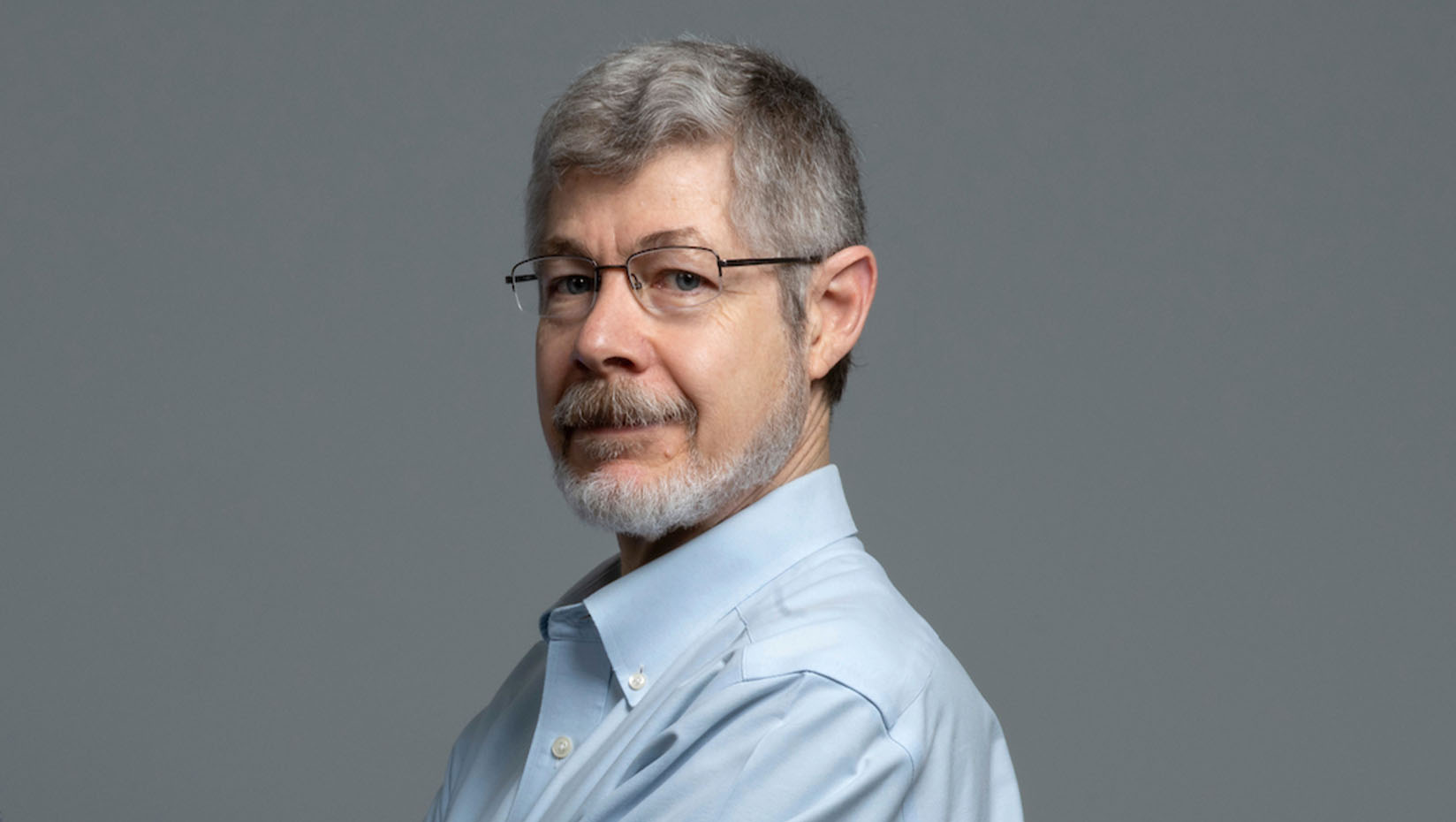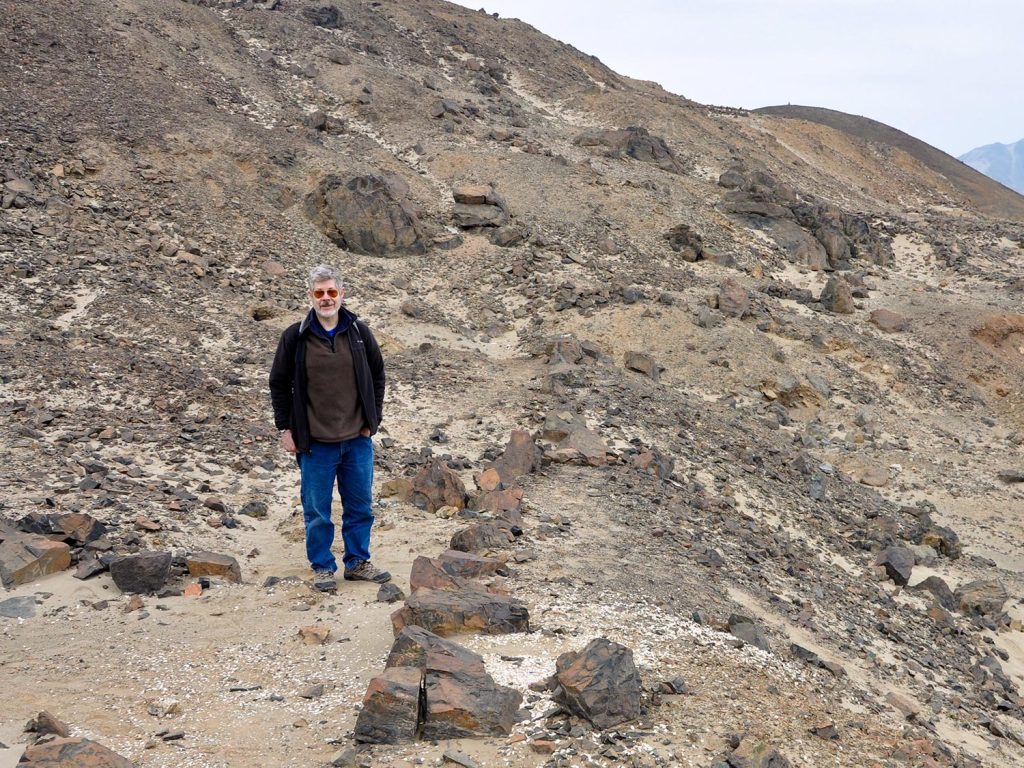
UMaine archaeologist elected to National Academy of Sciences
In the fall, students enrolled in the course “Introduction to Anthropology: Human Origins and Prehistory” will be taught by a world-renowned archaeologist who recently received one of the highest honors a scientist can achieve.
Longtime University of Maine professor Daniel H. Sandweiss was elected to the National Academy of Sciences (NAS) on April 30. Membership to the organization of leading researchers recognizes Sandweiss’ esteemed research accomplishments, from discovering some of the oldest sites in South America to unraveling the evolution of El Niño events and their ramifications over the past 11,400 years.
Sandweiss, professor of anthropology and climate studies, is among 120 U.S.-based members and 24 international members elected to NAS this year, according to the organization. He is the second UMaine faculty member to be elected, following the inclusion of George Denton, Libra Professor of Geological Sciences, in 2002.
“I am deeply honored to be elected, but it wouldn’t have happened without the support of my family or my outstanding mentors, colleagues, mentees and students — most of whom are here at UMaine. The people and the strong tradition of interdisciplinary work in the Climate Change Institute and the Anthropology Department have made this the ideal place to pursue my career,” Sandweiss said.

For more than 40 years, Sandweiss has studied early human settlement, subsistence and associated environments in South America; the initial colonization of the New World’s coastal margins; and the origins of El Niño events, their fluctuations in frequency and intensity over time and their effects on past human societies. He began his research career as a faunal analyst specializing in mollusk remains, but soon expanded his work to consider environment and climate change.
Through discovering variation in the frequency of El Niño events during the Holocene, or the last 11,400 years, Sandweiss showed the value of archaeological remains as records of past climates and early maritime adaptations. His work provided the scientific foundation for exploring the impact of climatic disasters on cultural change in the Andes. It has also shed light on the role earthquakes and El Niño floods played in Peruvian beach-ridge formation as well as the effects of the Spanish Conquest on the preservation of these natural features.
While exploring prehistoric sites along the western coast of South America, Sandweiss discovered evidence of the most ancient fishing community in the Western Hemisphere at Quebrada Jaguay in southern Peru. In collaboration with Norwegian explorer Thor Heyerdahl, Sandweiss also excavated South America’s largest pyramid center: Túcume in Peru. In 1993, he became the first American archaeologist to conduct fieldwork in Cuba following the Cuban Revolution.
“We are incredibly proud of Dr. Daniel Sandweiss for achieving membership into this prestigious organization,” said UMaine President Joan Ferrini-Mundy. “This extraordinary honor affirms his position as a world-class interdisciplinary researcher who has made tremendous contributions to the fields of archaeology and climate science. We are extremely grateful to have him as an educator and researcher at UMaine who motivates students aspiring to be archaeologists like him.”
Sandweiss’ extensive publishing history spans decades and includes papers that represent seminal contributions to the study of prehistoric marine exploitation systems and El Niño history. Funding sources for Sandweiss’ international research included the National Science Foundation, National Geographic Society, NASA and TIMEX Corporation. Sandweiss also has been dedicated to fostering and enhancing interactions among Andeanist archaeologists, with a particular focus on building better bridges to colleagues in Latin America.
In addition to his new membership with NAS, Sandweiss’ national and international recognition for his career accomplishments include three Society for American Archaeology Presidential Recognition Awards and creation of the Dan Sandweiss Founder’s Award by the Northeast Conference on Andean Archaeology and Ethnohistory. In 2016, Sandweiss received the Geological Society of America’s “Rip Rapp Archaeological Geology Award,” given annually in recognition of outstanding contributions to the interdisciplinary field of archaeological geology.
Sandweiss currently serves as president of the Society for American Archaeology, Past President of Phi Kappa Phi (founded at UMaine in 1897), vice president and a board member of the Institute of Andean Research, longtime research associate for Norway’s Kon Tiki Museum and the Carnegie Museum of Natural History Division of Anthropology and chief cooperating curator of UMaine’s Hudson Museum. He is also a fellow of both the Geological Society of America and the American Association for the Advancement of Science (AAAS).

